Most companies are making the same expensive mistake with AI. They buy the tools, set them up, and expect immediate results.
But results don't come from the technology alone. What matters is how well employees learn to use it.
Studies show that generative AI could increase productivity by up to 40%, which makes effective training programs absolutely necessary if you want to see those gains.
StayModern explores how AI training is changing the way businesses operate and why every team needs to become AI-literate for companies to save money and accelerate innovation.
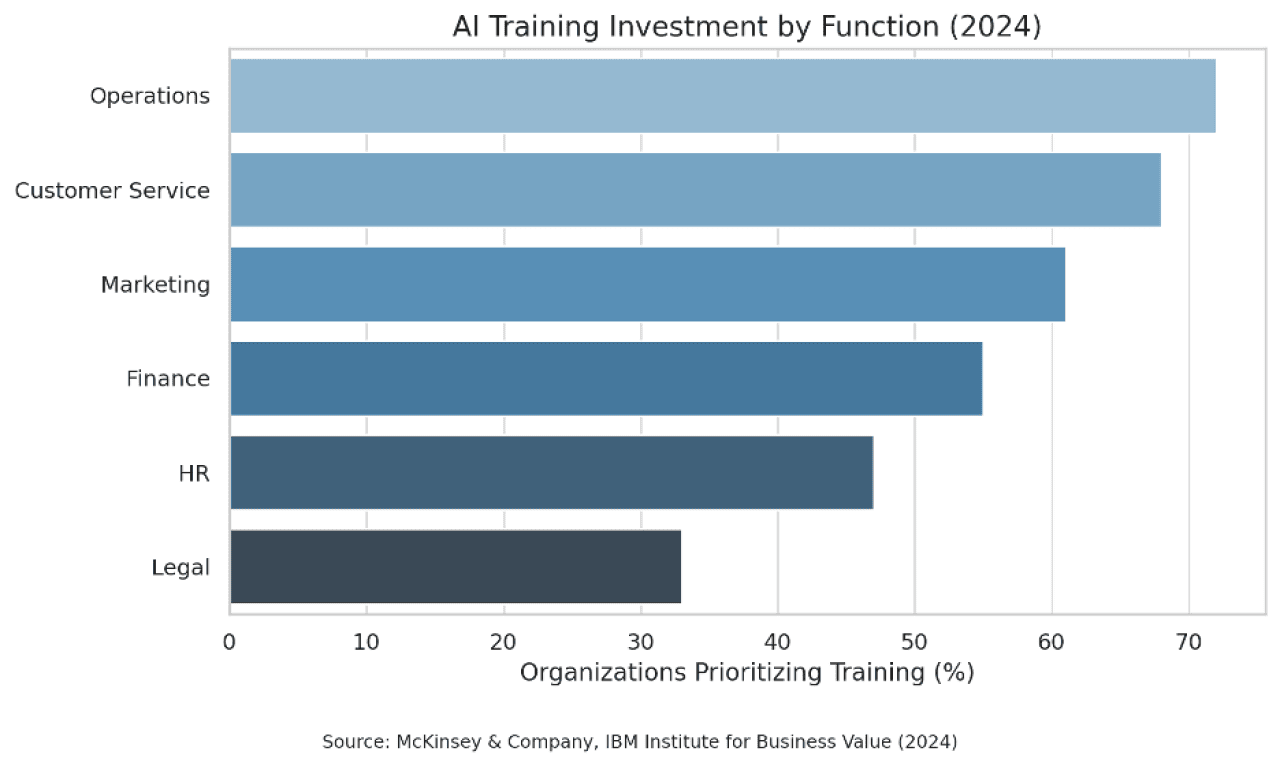
A recent McKinsey survey shows that 78% of organizations report using AI in at least one business function, up from 72% in early 2024 and just 55% in 2023. While AI adoption is high, only 38% of companies currently offer formal AI training programs to their workforce, even though 82% of leaders say AI skills are essential for future growth.
Companies that treat AI as a plug-and-play solution often miss its full potential. Without structured guidance, employees are left to figure out AI on their own through trial and error. This slows down adoption, increases the risk of mistakes, and limits the overall return on investment.
The biggest impact happens when employees understand how to apply AI to their daily tasks and feel confident relying on it.
Survey data from nearly 1,000 HR and business leaders backs this up. Companies already using AI say better training could boost productivity by more than 30%. Those still experimenting with AI anticipate more modest gains, estimating a 10 to 30% improvement with better training.
The numbers make it clear: Comprehensive AI training for employees is a core part of making AI pay off.
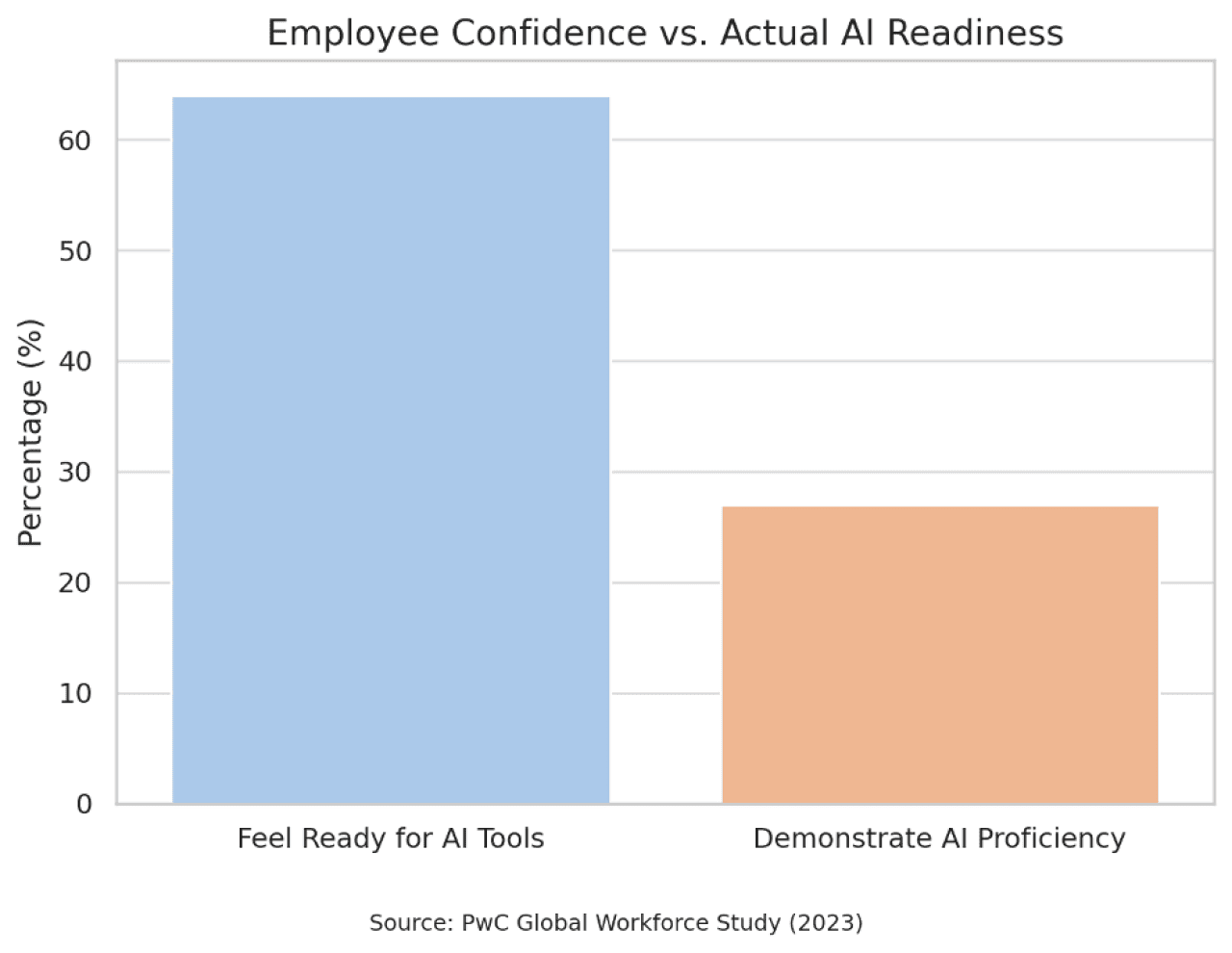
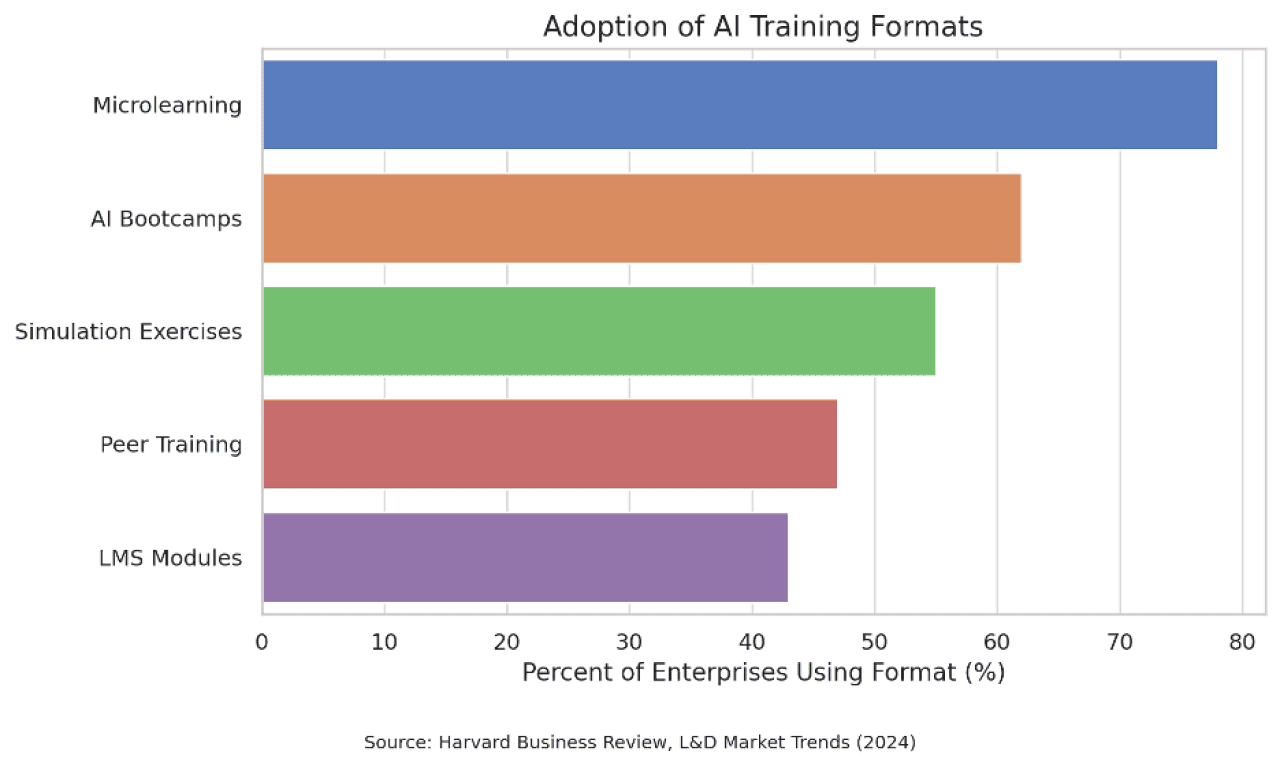
Modern AI training programs do much more than explain how ChatGPT or similar tools work. Leading organizations are now using programs that educate employees on how to use AI in their specific jobs.
Here are some of the most common approaches:
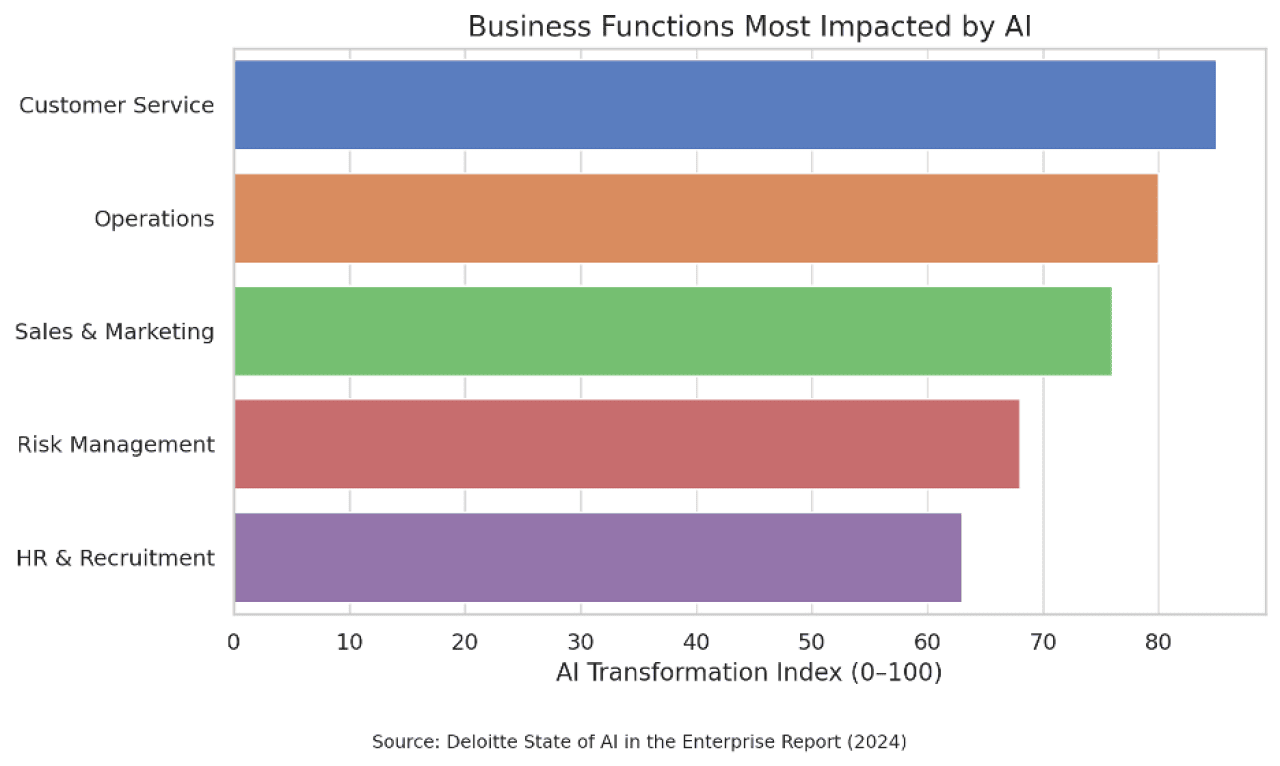
The ROI from AI training becomes clear when employees start using these tools to improve how they work. Here's what AI literacy looks like across different business functions:
Even small investments in AI training lead to real productivity gains. According to Upwork, employees skilled in using AI tools experience up to a 40% boost in productivity.
Workers using generative AI report being 33% more productive during each hour of use. On average, AI tools save employees one hour per day, sometimes up to two hours, mainly by automating repetitive tasks like writing, analysis, and planning.
Teams trained to use AI technologies have a competitive advantage. They are more productive and better equipped to innovate, adapt to change, and contribute to long-term business growth.
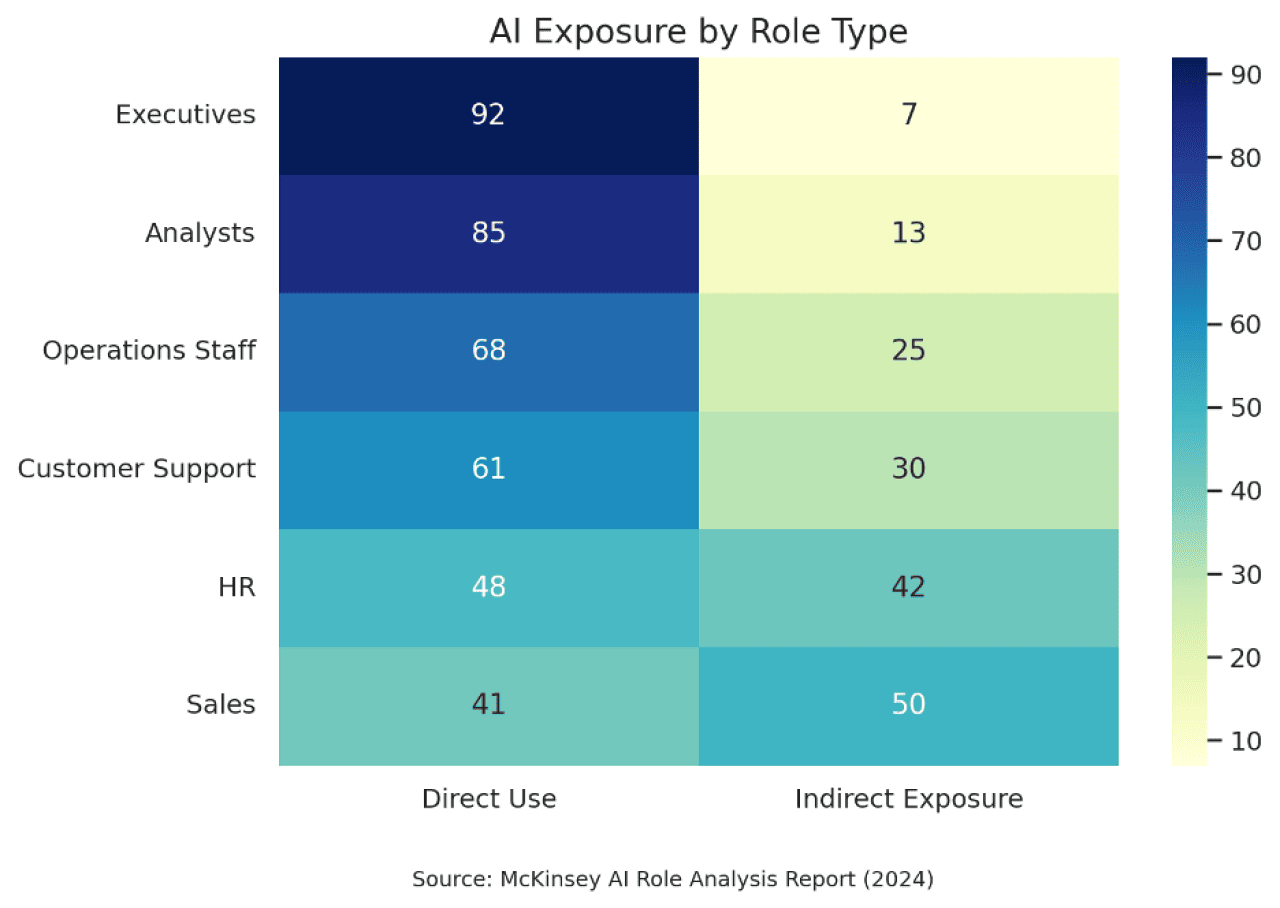
Artificial intelligence impacts every role differently.
Executives and analysts remain the most active direct users of AI, with managers using it frequently at nearly 33%, compared to just 16% among individual contributors.
Operational and support roles face a different challenge. While their direct use of AI tools is moderate, many encounter AI indirectly through automated systems or AI-influenced workflows without formal training. This kind of exposure often goes unnoticed but still influences daily work and decision-making.
These trends point to a clear need. Whether someone is a direct or indirect user of AI, every role requires solid training to understand how AI influences decisions and workflows. Some roles may need more in-depth instruction than others due to the sensitive nature of their work, but training is necessary regardless.
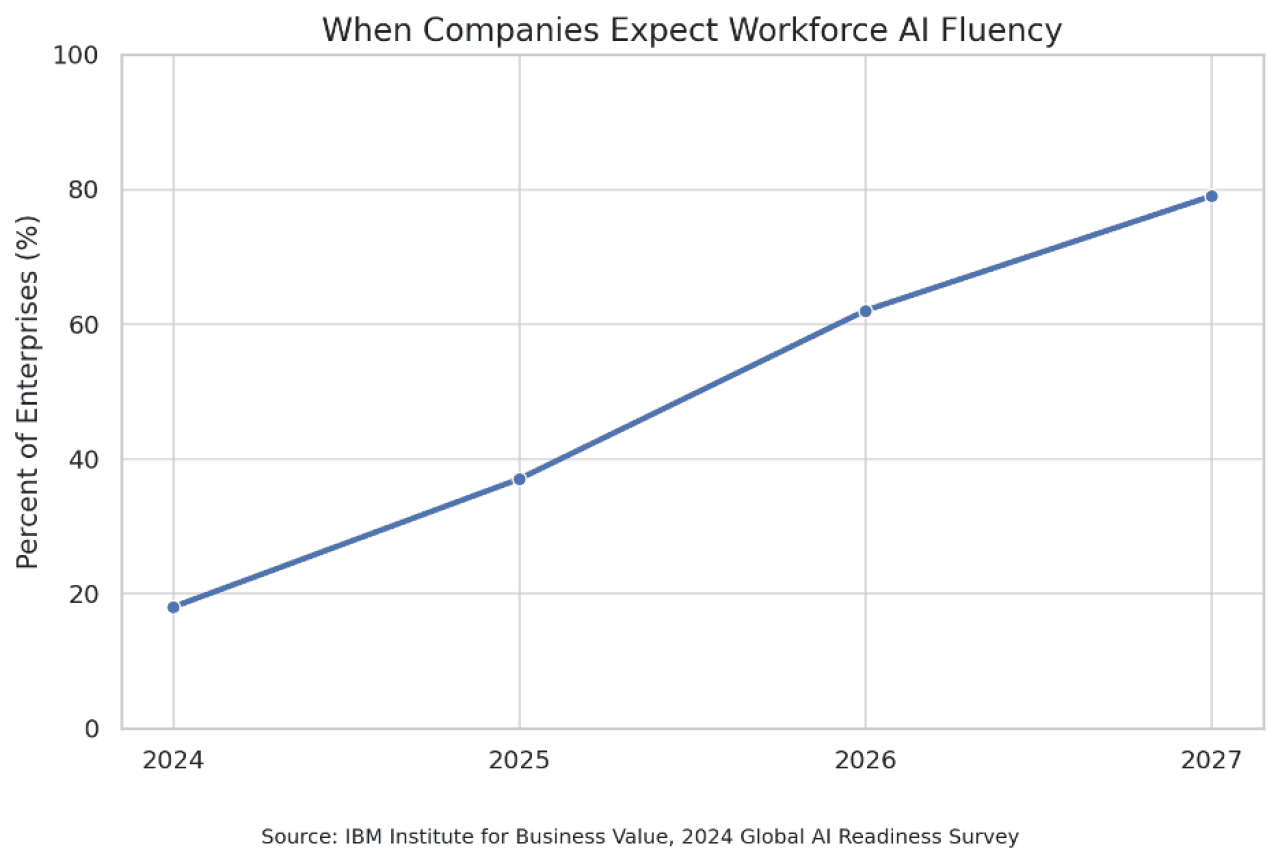
Industry leaders agree that AI fluency is quickly becoming a must-have skill. Companies like Duolingo and Shopify already treat AI proficiency as a requirement for hiring, performance reviews, and routine tasks.
A KPMG survey found that 82% of executives believe their industries will look very different in two years, signaling a growing need for AI-ready teams. Yet, only about 1% of companies today consider themselves fully mature in AI adoption. This gap highlights the urgency for organizations to invest in training now.
When AI is introduced without proper training, it often leads to low employee engagement and poor results. In many cases, new AI systems go unused for months until structured onboarding and peer coaching are introduced.
Misusing or ignoring these tools altogether leads to data security risks, underutilization, lower productivity, mistakes from inaccurate outputs, and an overall failure to scale the AI initiative.
Without training, regulatory risks also increase. The cases of shadow AI use rise, as employees turn to unapproved tools to get work done. This is where organizations lose visibility and control, increasing the chances of confidential data leaks and compliance violations.
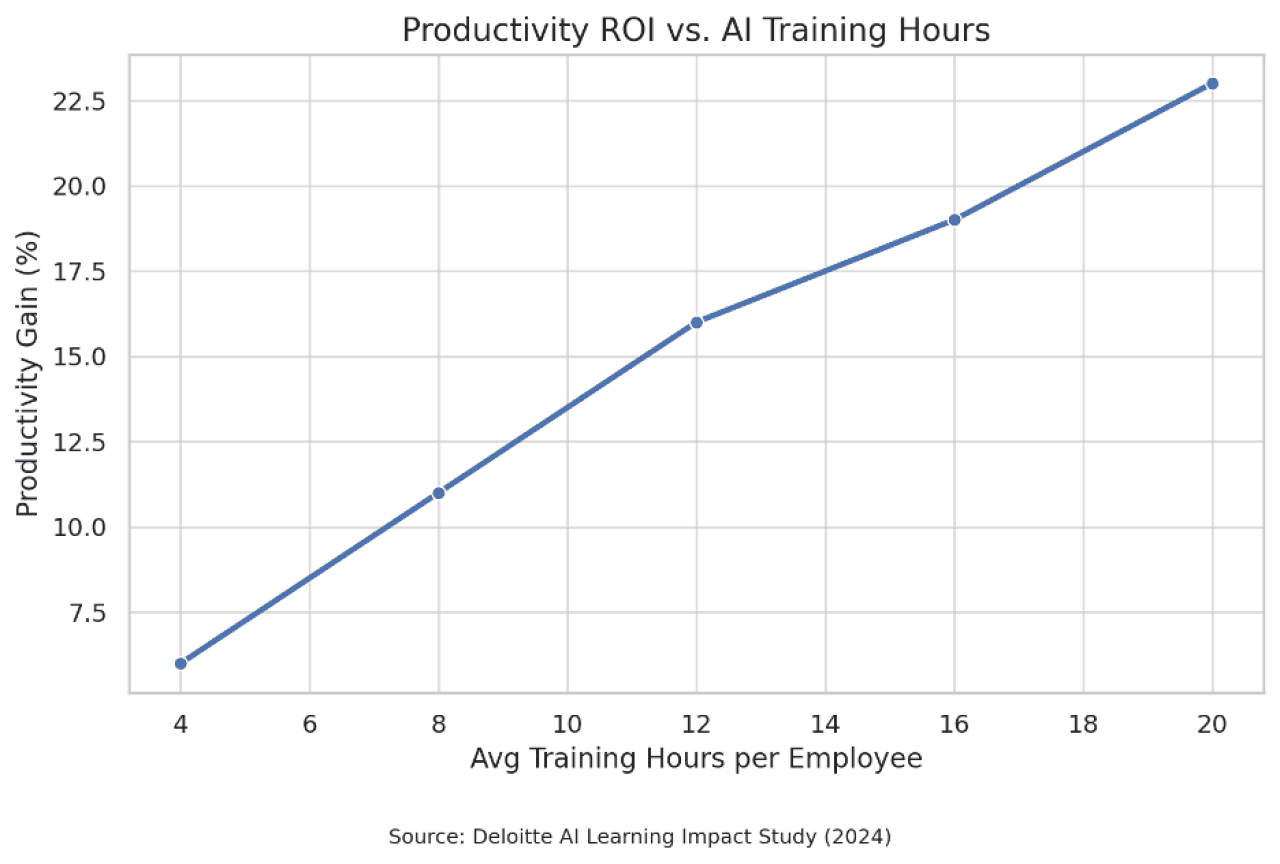
AI training is now critical to meeting regulatory requirements and handling ethical considerations.
Laws like the EU AI Act and proposed U.S. regulations call for transparency, explainability, and human oversight when using AI systems. Teams need to understand what AI models can and cannot do, how outputs are generated and logged, and when to bring in human judgment.
If you're building AI capabilities within your workforce, start with these essential steps:
AI training has evolved from a nice-to-have to a business necessity. Companies that wait another year or two to build AI literacy across their teams will find themselves competing against those where using AI is second nature to everyone.
This story was produced by StayModern and reviewed and distributed by Stacker.
Reader Comments(0)